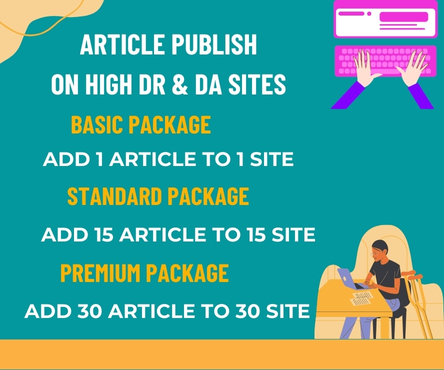Auto upholstery is a specialized field that focuses on the design, repair, and restoration of vehicle interiors. This craft not only enhances the aesthetic appeal of a vehicle but also contributes significantly to the comfort and functionality of the driving experience. In this article, we will explore the various aspects of auto upholstery, including its importance, materials used, techniques, and the choice between DIY and professional services.
Understanding Auto Upholstery
Definition
Auto upholstery encompasses the process of covering and restoring the interior components of vehicles. This includes seats, headliners, door panels, and other interior surfaces. The goal is to create a visually appealing and comfortable environment for drivers and passengers alike.
Importance of Auto Upholstery
- Aesthetic Appeal: A well-upholstered interior can transform the look of a vehicle. Whether it’s a classic car or a modern sedan, the right upholstery can enhance its overall design and make it more attractive to potential buyers.
- Comfort: Quality upholstery plays a crucial role in the comfort of the driver and passengers. Properly cushioned seats and well-fitted materials provide support during long drives, making the journey more enjoyable.
- Value Addition: Investing in auto upholstery can significantly increase the resale value of a vehicle. A clean, well-maintained interior is often a key selling point, and potential buyers are more likely to pay a premium for a vehicle with high-quality upholstery.
Materials Used in Auto Upholstery
The choice of materials is critical in auto upholstery, as it affects both the look and durability of the interior. Here are some common materials used:
- Leather: Known for its luxurious feel and durability, leather is a popular choice for high-end vehicles. It is easy to clean and can withstand wear and tear, making it a long-lasting option.
- Vinyl: A cost-effective alternative to leather, vinyl is widely used in various vehicles. It is available in a range of colors and textures, is easy to maintain, and is resistant to stains and spills.
- Fabric: Fabric upholstery offers a wide variety of colors and patterns, allowing for personalization. While it may not be as durable as leather or vinyl, high-quality fabrics can still provide comfort and style.
- Foam: Foam padding is often used in conjunction with upholstery materials to provide cushioning and support. The density and thickness of the foam can significantly impact the comfort level of the seats.
Techniques and Tools in Auto Upholstery
Techniques
- Sewing: Mastery of sewing techniques is essential for creating seams and attaching upholstery materials securely. Different stitching methods can be used to achieve various designs and finishes.
- Cutting: Accurate cutting of materials is crucial for a proper fit. Patterns are often created to ensure that pieces align correctly when assembled.
- Adhesives: Various adhesives are used to bond upholstery materials to surfaces. Choosing the right adhesive is important for ensuring longevity and durability.
- Installation: Proper installation techniques are vital for achieving a professional finish. This includes stretching materials to eliminate wrinkles and ensuring that seams are aligned correctly.
Tools
Common tools used in auto upholstery include:
- Sewing Machines: Heavy-duty sewing machines are often required to handle thick upholstery materials.
- Staple Guns: Used for securing upholstery to frames and surfaces.
- Cutting Tools: Specialized cutting tools designed for automotive materials ensure clean and precise cuts.
- Measuring Tools: Accurate measurements are essential for creating patterns and ensuring a proper fit.
DIY vs. Professional Upholstery
DIY Upholstery
- Pros:
- Cost-effective: Tackling upholstery projects yourself can save money.
- Personal Satisfaction: Completing a project can be rewarding and allows for customization.
Professional Upholstery
- Pros:
- Expertise: Professionals have the experience and knowledge to handle complex projects efficiently.
- Quality Assurance: Hiring a professional often guarantees a high-quality finish.
Conclusion
Auto upholstery is a vital aspect of vehicle maintenance and enhancement. Whether undertaken as a DIY project or by professionals, it plays a significant role in improving the comfort, aesthetics, and value of vehicles. Understanding the materials, techniques, and tools involved can help anyone appreciate the craftsmanship behind this essential automotive service. Whether you are looking to restore a classic car or simply refresh the interior of your daily driver, investing in quality auto upholstery can make a world of difference in your driving experience.

